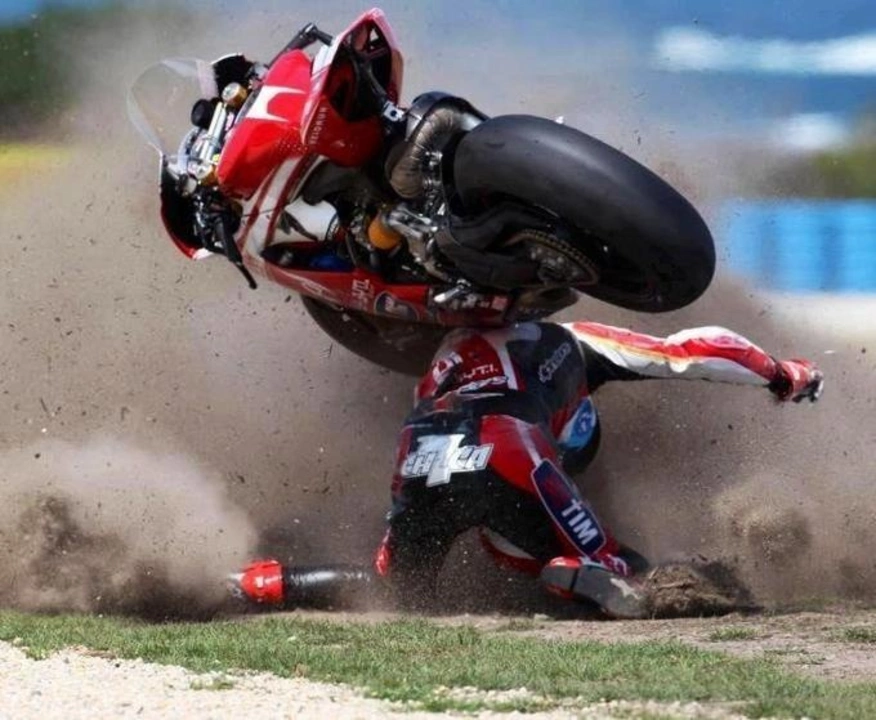Motorcycle Racing Safety: What You Need to Know
Feel the rush of a bike screaming around a track, but also ask yourself: how risky is that thrill? Motorcycle racing mixes high speeds, tight packs, and sometimes slippery surfaces. The result? A sport that can be as dangerous as it is exciting. Knowing the real risks helps you enjoy the ride while staying out of the hospital.
Why Motorcycle Racing Is Dangerous
First off, speed is the biggest culprit. Riders hit 150 mph, leaving barely a second to react if something goes wrong. Add to that the fact that you’re riding shoulder‑to‑shoulder with other bikes; a small wobble can become a big crash in an instant. Tracks aren’t always smooth either—debris, uneven asphalt, or sudden rain can turn a straight line into a slide.
Second, the human body isn’t built for sudden impacts. Even a minor fall can cause fractures, while a high‑speed crash can lead to life‑changing injuries or worse. That’s why professional racers never show up without gear designed to absorb and disperse energy.
How to Boost Your Safety
Gear up right. A certified full‑face helmet is non‑negotiable; it’s your first line of defense against head trauma. Pair it with race‑grade leather or textile suits that have built‑in armor on elbows, knees, and hips. If you can afford it, an airbag suit adds an extra cushion that inflates on impact, dramatically cutting down on bruises and broken bones.
Fit matters just as much as brand. A helmet that’s too loose can spin around, and a suit that’s too tight restricts movement. Spend time adjusting straps, checking for pressure points, and making sure every zip closes snugly.
Training isn’t just about riding fast; it’s about riding smart. Take a course that covers emergency braking, cornering lines, and how to position yourself in a pack. Practicing these skills on a low‑risk track builds muscle memory, so you react instinctively when the situation gets intense.
Know the track rules. Most racing bodies enforce strict limits on bike modifications, tire pressures, and rider conduct. Ignoring them can not only get you penalized but also increase the odds of an accident. Before you line up, read the event’s safety brief, ask questions, and respect the flag signals.
Stay aware of the environment. Weather can change in minutes, so keep an eye on the sky and be ready to adjust your speed or line. If you notice a spill or a loose object on the track, signal it to officials immediately—early warnings save lives.
Finally, think about post‑ride safety. Even after you cross the finish line, a knock or hidden injury can surface later. Schedule a quick check‑up with a medic, especially after a hard crash, to catch anything that might need attention.
Bottom line: motorcycle racing will always carry risk, but the right gear, solid training, and strict adherence to track rules can tip the odds in your favor. Ride hard, stay smart, and you’ll enjoy the adrenaline without compromising your safety.
How dangerous is motorcycle racing?
Motorcycle racing can be quite dangerous, as it involves high speeds, close proximity to other riders, and often unpredictable surfaces. Injuries are common, ranging from minor falls to severe crashes that can lead to life-altering consequences or even fatalities. However, professional racers are well-equipped with protective gear, such as helmets, leathers, and airbag suits, that minimize the risks. Additionally, organizations that oversee motorcycle racing events prioritize safety measures and regulations to keep the sport as safe as possible. Nonetheless, it is crucial to have a healthy respect for the potential dangers and be well-prepared if you decide to participate in this adrenaline-fueled sport.



